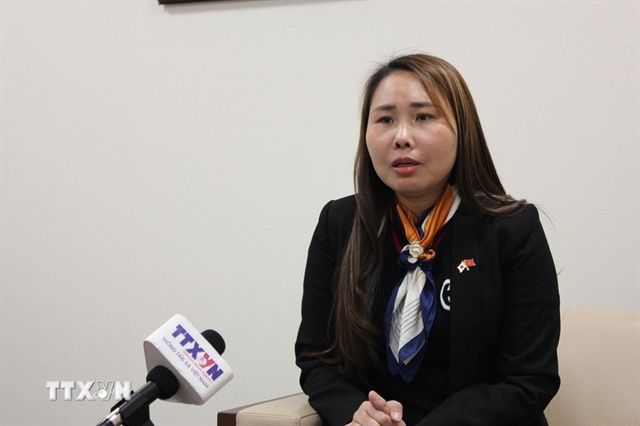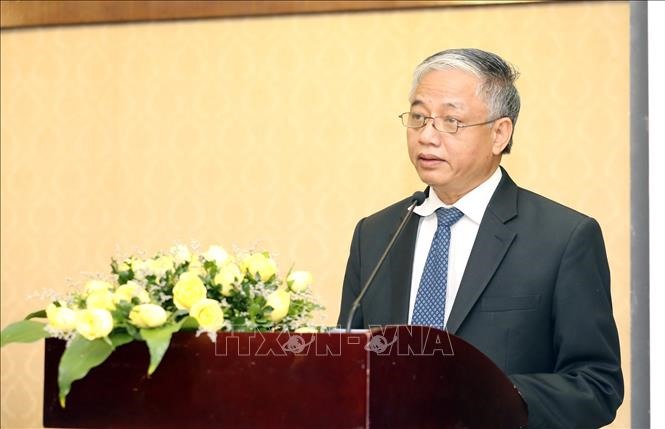 Opinion
Opinion

Doãn Mậu Diệp, deputy minister of Labour Invalids and Social Affairs, talks to the newspaper Thời báo Kinh tế Việt
 |
| Deputy Minister of Labour, Invalids and Social Affairs Doãn Mậu Diệp |
Doãn Mậu Diệp, deputy minister of Labour, Invalids and Social Affairs, talks to the newspaper Thời báo Kinh tế Việt
How does Việt
According to the International Labour Organisation (ILO), Việt
The first criterion is included in the Key Indicator of Labour Markets set by the ILO. This set of key indicators is applied in some 200 countries and territories world wide, but it is subjected to be changed every year. The criterion No14, which covers the workers’ productivity and their illiteracy rate, has been used to evaluate the workers’ labour quality. In my opinion, the criteria has some limitations in certain cases. For example, in traditional occupation villages, it is indisputable that though foremen have not attended any official training courses, their labour skills are much better than those of the young ones, even if they have all attended three months of training courses. So, in my opinion, this criterion has a tendency to give a worker occupational ratings according to the occupational diploma that he or she has been awarded, not according to their true abilities.
The second criterion I want to mention is the International Standard Classification of Occupations – ISCO-08, which was adopted in 2008 by ILO. In my opinion, the ISCO-08 and the old criteria should be combined in the course of grading the labour force.
So how has Việt
In Việt
The National Assembly Resolution 142 on the country’s socio-economic development in the five-year period, 2016-20, has set a target that by 2020, between 65-70 per cent of the Vietnamese labour force will have attended training courses.
In addition, the Resolution 48 of the National Assembly on the country’s socio-economic development plan in the year 2018 has stated clearly that between 58-60 per cent of the Vietnamese labour force will have attended training courses, of which some 23 per cent will attend training courses which are longer than three months.
How do you respond to the claim that the Government should not come up with a specific percentage of workers to be sent to training courses?
It is indisputable that the quality of the labour force is one of the several factors that decide the national potential and a key factor deciding the nation’s competitiveness. Of course, it is the State’s task and responsibility to create or provide opportunities for all citizens to have chances to improve their professional skills, through formal or informal courses.
Furthermore, we’re now living in the Industrial Revolution 4.0, a time when having a professional skill is a demand and requirement for all Vietnamese people of working age.
However, in some localities, organising an occupational training course has faced quite a few challenges, including determining who will be eligible to attend the course or what occupation the course will focus on and others.
Furthermore, with the fast development of technology, everyone should learn more than one occupation or trade. This is true for people all over the world, including us. — VNS